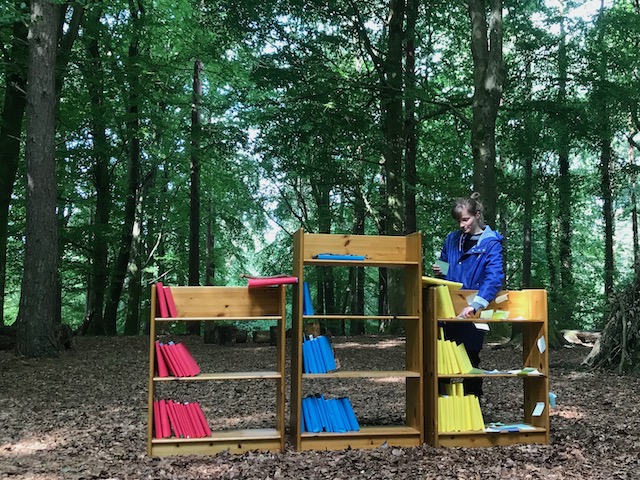In this post we describe the goal of regenerative design and explore how it is different from how engineers might approach design in our day-to-day contexts.
Continue reading “The goal of regenerative design”The Library of Systems Change
The Library of Systems Change helps us understand how we can make systemic change over time. It combines the future thinking of Bill Sharpe’s Three Horizons Model with the systems organisation of the Systems Bookcase. It is another model James Norman and I developed in ‘the Regenerative Structural Engineer’, but which can apply to any system in engineering. The overall effect is a compelling visual model for how a system might change over time.
Continue reading “The Library of Systems Change”The Systems Bookcase model
Have you every wondered why we make the engineering decisions we do? Why, despite decades of knowledge about the climate and ecological breakdown, we continue to design in a way that causes harm to our life-support systems. To help understand the driving forces behind design decisions, James Norman and I proposed the Systems Bookcase model in ‘the Regenerative Structural Engineer’.
Continue reading “The Systems Bookcase model”Shifting the systemic barriers to regenerative design
The idea that construction should enhance ecosystems and communities rather than depleting them might sound like a given. After all, shouldn’t the world be genuinely better off, more resilient, thriving, and adaptable after we build something? This, in essence, is what a regenerative construction industry is all about.
However, when we start translating this approach to individual projects, we quickly encounter a plethora of barriers: supply chain restrictions, legislative hurdles, planning constraints, contractual structures, questions of long-term ownership, measurement and metrics, to name a few.
Continue reading “Shifting the systemic barriers to regenerative design”Regenerative Design Lab Summer Residential
We’ve just returned from an enriching experience at our Regenerative Design Lab Summer Residential – the programme’s midpoint for Cohort 2. This marks a crucial stage in our journey, where we transition from envisioning a regenerative built environment industry to figuring out how we can start to build the transition.
Continue reading “Regenerative Design Lab Summer Residential”


